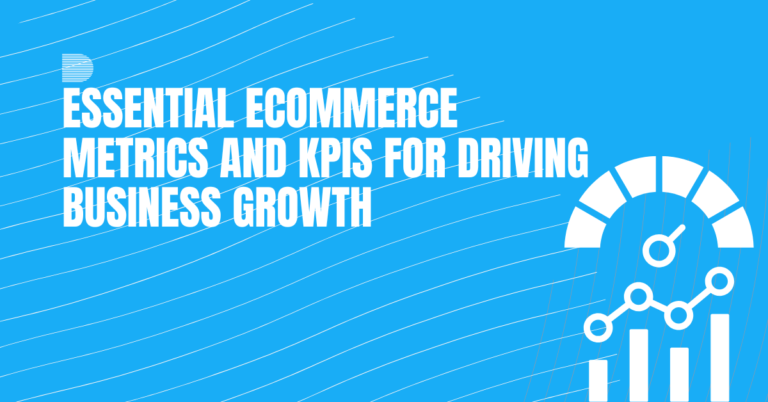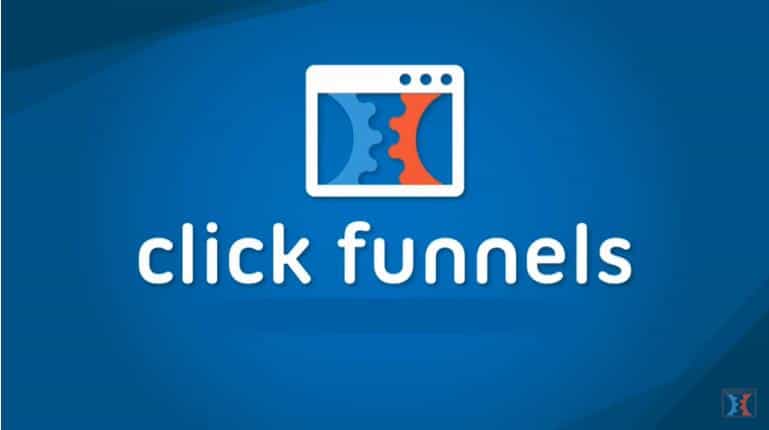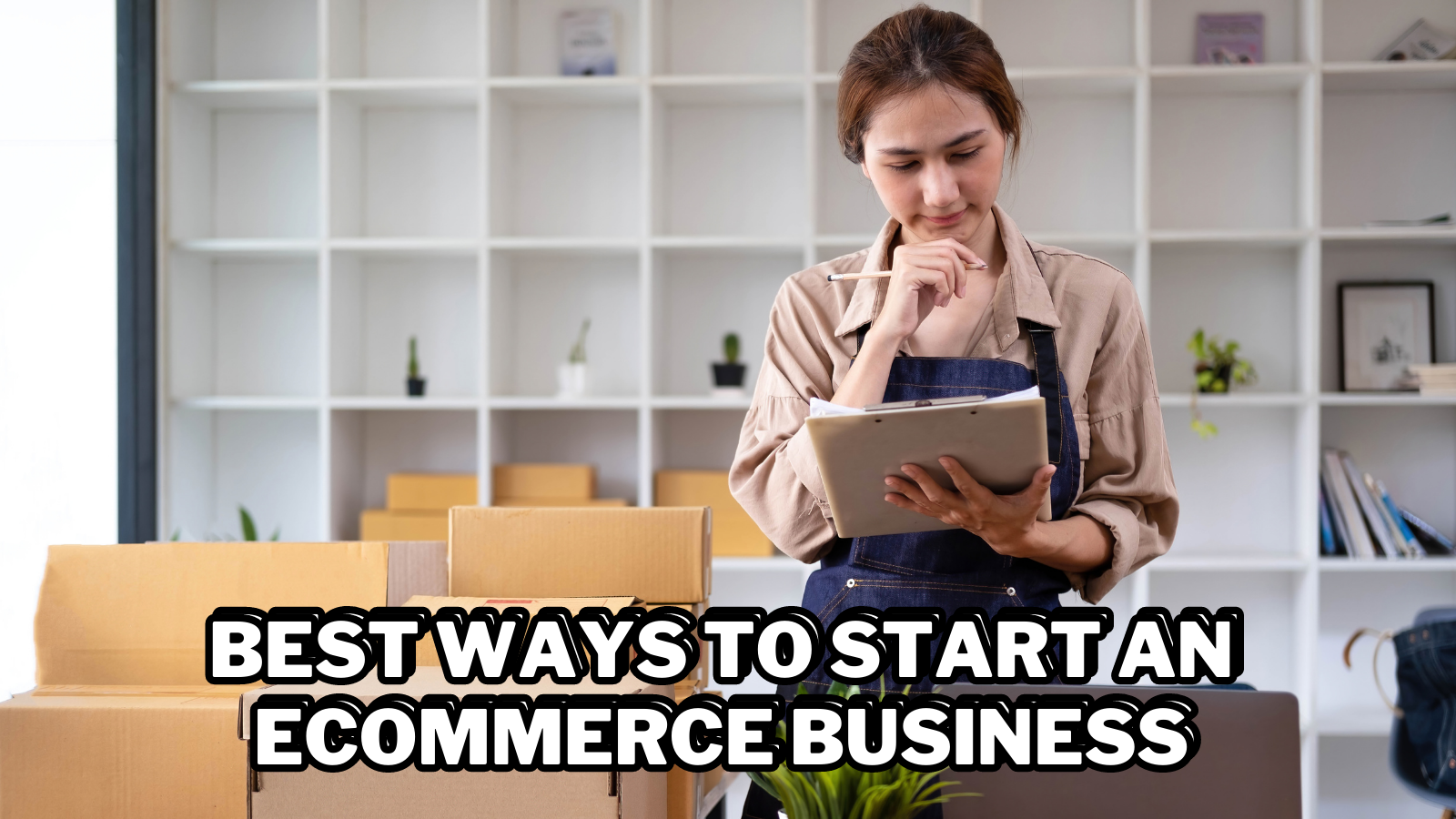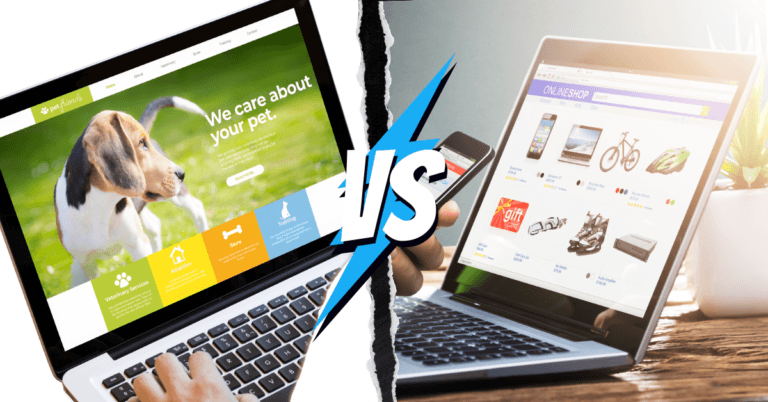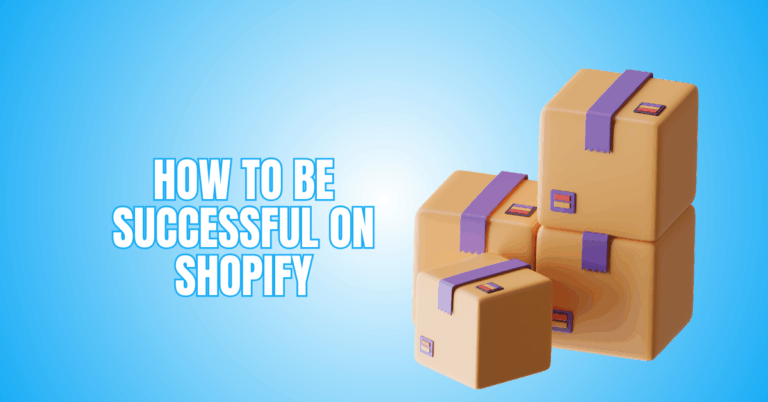Best Types Of Coupons For Your eCommerce Store
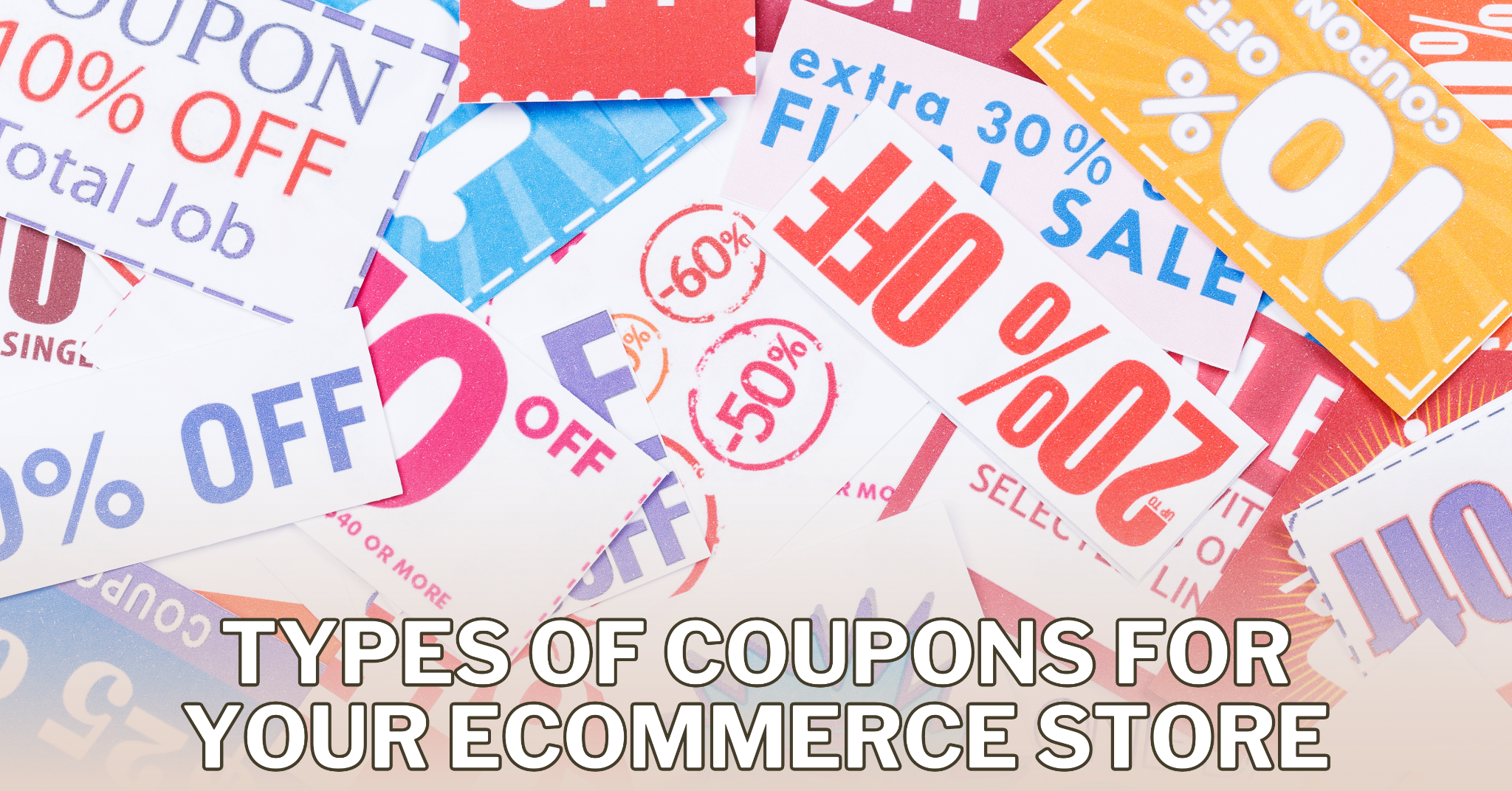
Types Of Coupons For Your eCommerce Store
In the ever-evolving world of eCommerce, offering discounts and promotions has become an essential strategy for attracting customers, increasing sales, and fostering brand loyalty.
Coupons, in their diverse forms, play a pivotal role in this dynamic landscape. From enticing first-time buyers to rewarding loyal customers, coupons have the power to drive purchasing decisions and enhance the overall shopping experience.
Want to Start Making Money Online?
Try My #1 Recommendation Program!
In this article, we'll explore a range of coupon types that eCommerce businesses can leverage to captivate their audience, boost conversions, and stand out in the competitive online marketplace.
Whether you want to entice new shoppers, retain existing ones, or create a buzz around special occasions, these coupon strategies can elevate your eCommerce store's success.
Benefits Of Coupons For Your eCommerce Store
Coupons offer many benefits to eCommerce stores, making them an invaluable tool for boosting sales and enhancing customer engagement. Here are some key advantages:
1. Increased Sales And Conversions
Coupons can incentivize hesitant shoppers to purchase by offering discounts or deals. This often leads to higher conversion rates and increased order values.
2. Attract New Customers
Coupons are an effective way to introduce your store to new customers. Offering first-time buyer discounts or special promotions can encourage individuals to try your products.
3. Customer Retention
Coupons can reward loyal customers and encourage repeat business. By offering exclusive discounts to your existing customer base, you can build stronger relationships and foster brand loyalty.
4. Clear Inventory
Coupons can be used to clear out excess inventory or promote slow-moving products. Limited-time deals can make customers feel pressed for time and encourage them to purchase items they might have otherwise put off.
5. Create Buzz And Engagement
Launching special sales events or seasonal promotions with coupons can create excitement and engagement among your audience. This can lead to increased traffic to your store and social media channels.
6. Gather Customer Data
Coupons often require customers to sign up or provide their email addresses, helping build your email subscriber list. This provides an opportunity for future marketing campaigns and communication.
7. Personalization
Coupons can be tailored to specific customer segments, offering personalized deals based on purchase history or browsing behaviour. This level of customization can make customers feel valued.
8. Upselling And Cross-Selling
Coupons can be used strategically to encourage customers to explore related products or higher-priced items, ultimately increasing their average order value.
9. Enhance Customer Experience
Offering coupons can create a positive shopping experience by providing customers with cost-saving opportunities. This can leave a lasting impression and improve overall satisfaction.
10. Track Marketing Efforts
Coupons can be assigned unique codes, allowing you to track the effectiveness of different marketing campaigns. This data can help you refine your future promotional strategies.
11. Competitive Edge
In a competitive market, offering discounts and coupons can set your store apart from others, attracting price-conscious shoppers and driving traffic.
Incorporating various coupon types can enable your eCommerce store to tap into these benefits and effectively cater to different customer segments and business goals.
Introducing The Types Of Coupons For Your eCommerce Store
In the bustling world of eCommerce, a well-planned coupon strategy can serve as a beacon, guiding potential customers toward your virtual storefront and enhancing their shopping experience.
Want to Find Out How To Start Your Home-Based Business?
Try My #1 Recommendation Platform!
Coupons are like keys that unlock various benefits, inviting shoppers to explore, indulge, and engage with your products.
From tempting discounts to enticing bundles, coupon possibilities are vast and creative. Here are various types of coupons that you can use for your eCommerce store:
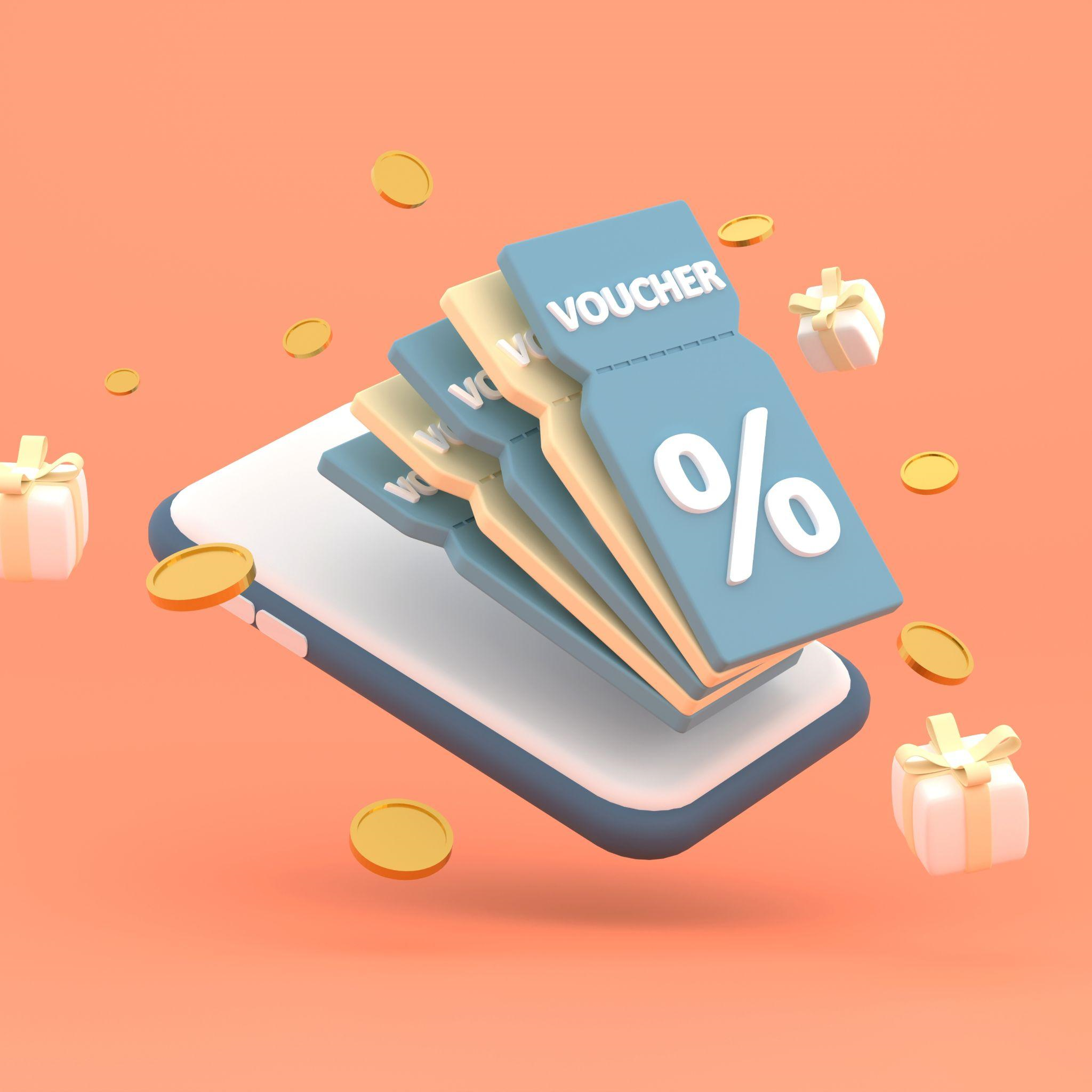
1. Percentage-Off Coupons
A time-tested and successful method of drawing clients to your eCommerce store is percentage-off coupons.
These coupons provide a certain percentage discount on the total purchase, enticing shoppers with immediate savings.
For instance, offering a “20% off” coupon means that customers can enjoy a 20% reduction in the overall cost of their order.
These coupons are particularly appealing because they allow shoppers to visualize the amount they're saving, making the deal more tangible and encouraging them to complete their purchase.
Percentage-off coupons are versatile and can be tailored to different marketing strategies.
They can entice first-time buyers, reward loyal customers, promote specific products or categories, or even celebrate holidays and special events.
These coupons can create a sense of urgency, especially when coupled with limited-time offers, driving immediate conversions.
Moreover, they provide a win-win scenario where customers feel empowered to make purchases while your eCommerce store benefits from increased sales and enhanced customer engagement.
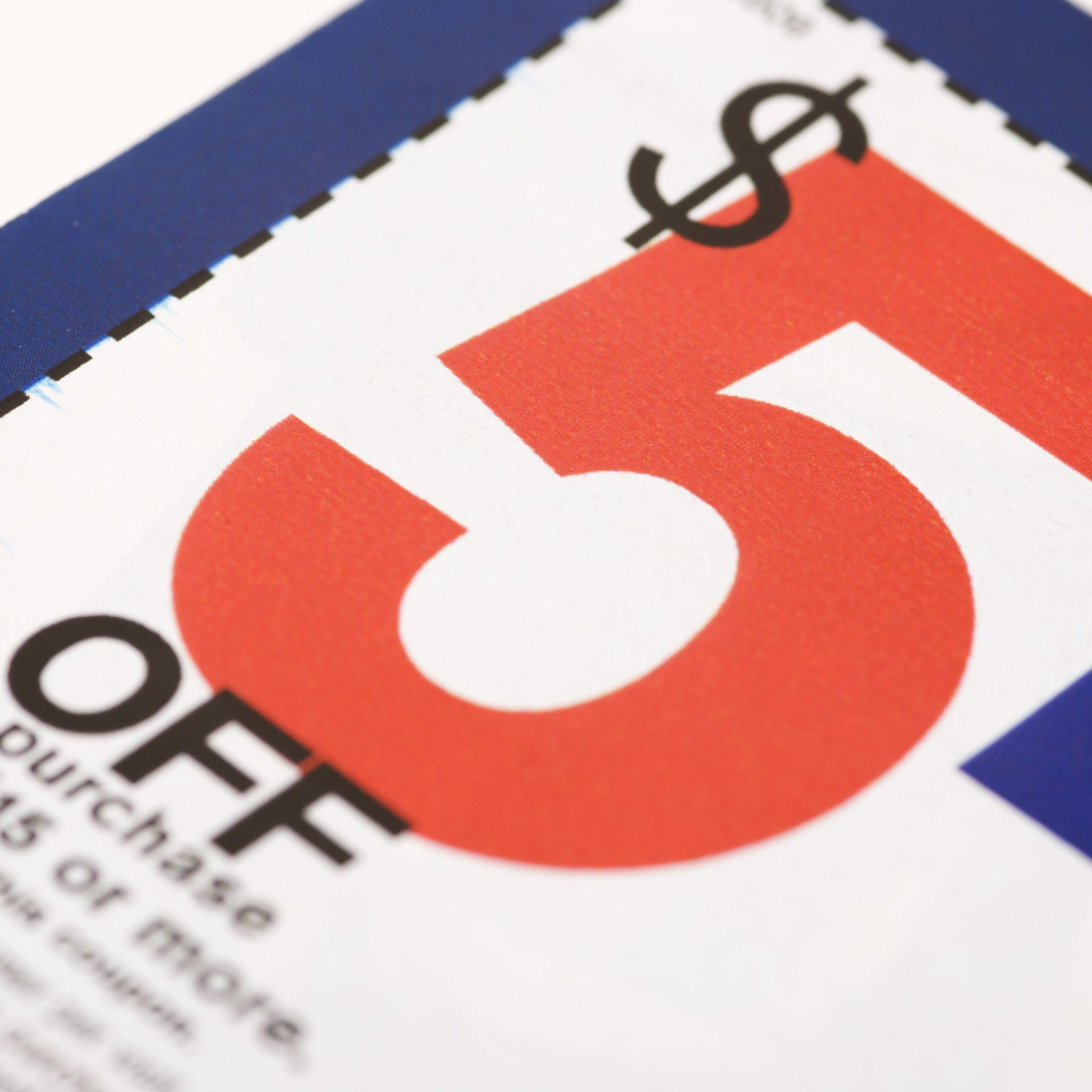
2. Dollar-Off Coupons
Dollar-off coupons are a straightforward and enticing way to offer discounts to customers in your eCommerce store.
These coupons provide shoppers with a predetermined amount of money off their total purchase, such as a “$10 off” coupon.
The appeal of dollar-off coupons lies in their simplicity – customers can easily understand the value they're receiving. This openness can improve the deal's allure and motivate buyers to benefit from the discount.
Dollar-off coupons are versatile and can be utilized in various marketing campaigns. They can attract new customers by providing a compelling incentive to make their first purchase and retain existing customers by rewarding their loyalty.
These coupons can also be strategically employed to drive sales of specific products, clear out excess inventory, or promote seasonal items.
Are You Tired Of Scams?
Try The Most-Trusted Training Platform To Make Money Online!
Dollar-off coupons can create a sense of urgency when paired with limited-time offers, prompting customers to act quickly to secure savings.
Additionally, they can be used to cross-sell or upsell, encouraging customers to explore other products within your store.
By leveraging the power of dollar-off coupons, you can boost sales and establish a positive shopping experience that keeps customers returning for more.
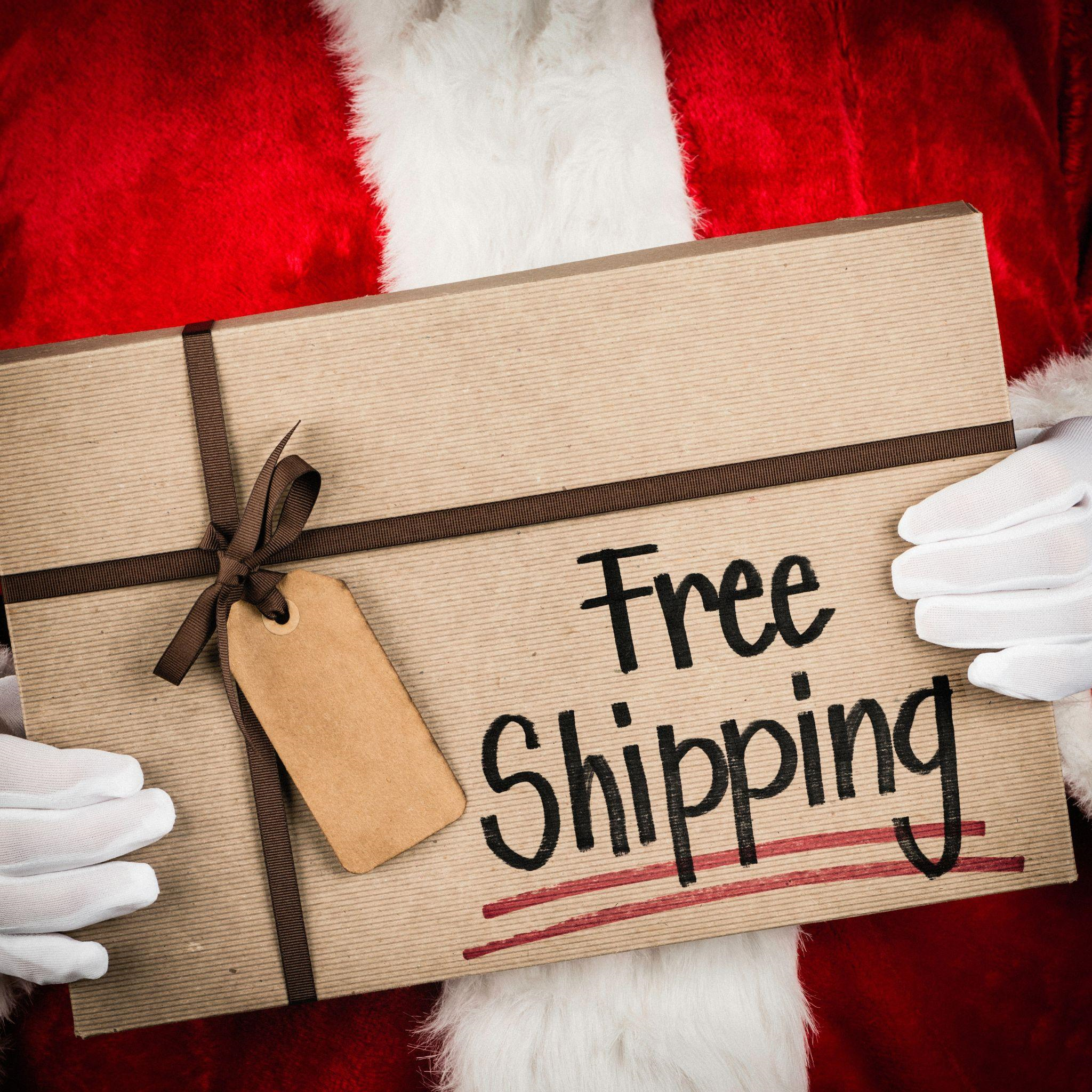
3. Free Shipping Coupons
Free shipping coupons are a compelling incentive for customers in your eCommerce store, as they eliminate the concern of extra shipping expenses that might deter potential buyers.
These coupons offer customers the benefit of having their orders delivered without any additional shipping charges.
The appeal of free shipping lies in its simplicity – customers can immediately understand the value they're receiving, and it can often be a deciding factor in whether or not they make a purchase.
You may boost conversion rates and lower shopping cart abandonment by providing free shipping via a coupon.
Customers are more likely to complete their order When they are confident they won't be hit with a surprise shipping fee at checkout.
This can result in higher order values and a more positive shopping experience, ultimately contributing to customer satisfaction and loyalty.
Free shipping coupons are also effective for specific marketing strategies, such as seasonal promotions, holiday sales, or product launches.
They can encourage customers to take advantage of limited-time offers, knowing they won't incur shipping fees.
Additionally, free shipping coupons can be used strategically to incentivize customers to meet a minimum order threshold for the coupon to be applied.
This can encourage larger purchases, benefiting both your customers and your business. By incorporating free shipping coupons into your marketing arsenal, you can create a seamless shopping experience that lets customers finalize their purchases confidently.
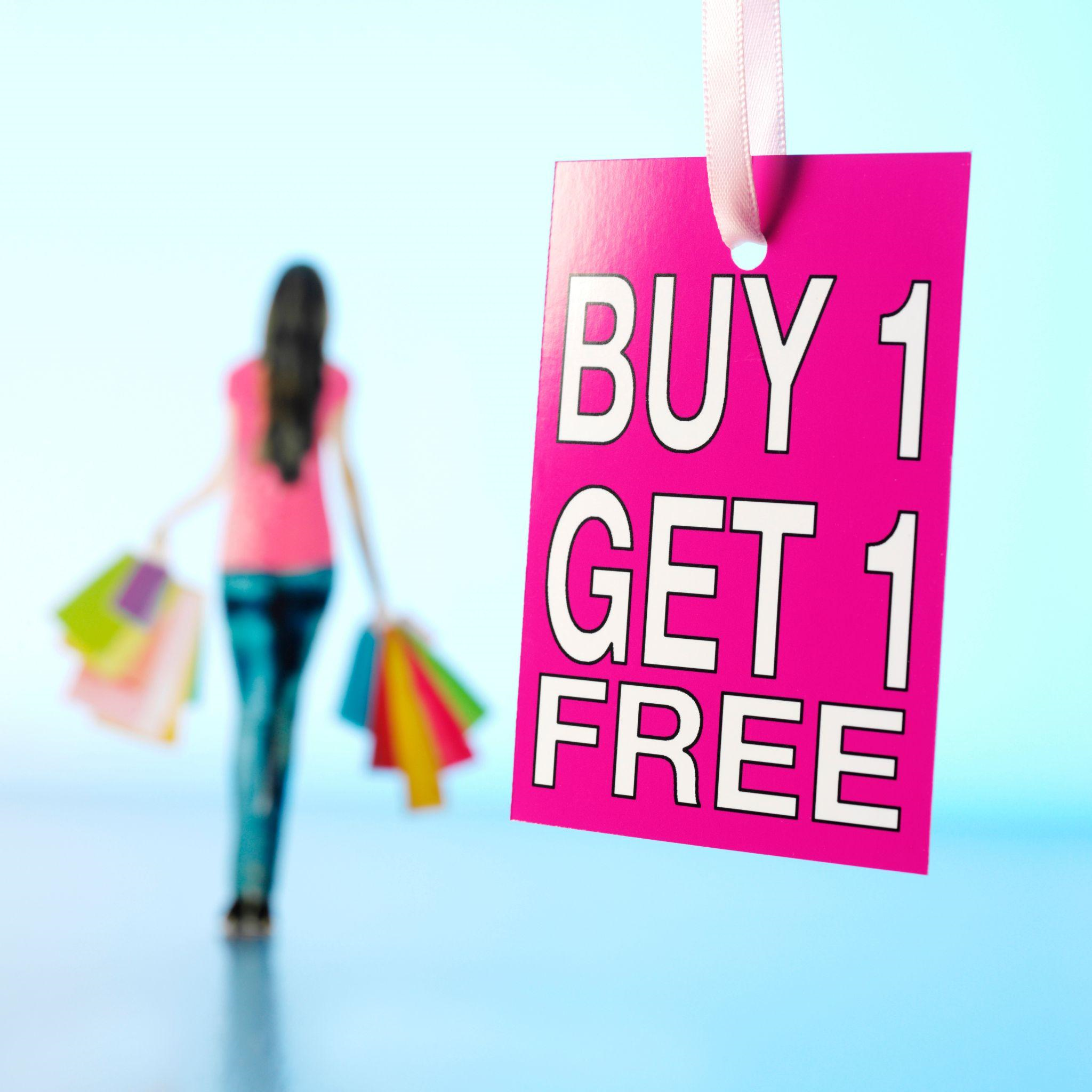
4. Buy One, Get One (BOGO) Coupons
Buy One, Get One (BOGO) coupons are a powerful promotional tool that entices customers to purchase by offering them an additional item for free or at a discounted rate.
This type of coupon can take various forms, such as “Buy One, Get One Free” or “Buy One, Get One 50% off.”
The concept behind BOGO coupons is straightforward: when a customer purchases a specific item, they receive another item as a bonus.
The psychological appeal of getting something for free or at a reduced price can drive customer engagement and boost sales.
BOGO coupons are particularly effective for encouraging customers to try new products or stock up on their favourite items.
They create a sense of value and incentive, making customers feel they're getting more for their money.
This strategy can also increase the average order value, as customers often feel motivated to purchase additional items to take advantage of the deal.
Additionally, BOGO coupons can help clear out excess inventory or promote products that may need an extra push in sales.
These coupons are especially popular during seasonal promotions, such as back-to-school sales or holiday specials.
Implementing BOGO coupons requires careful planning and consideration of your product offerings.
You must choose items that complement each other, ensuring customers see value in the deal.
Clear communication about the terms of the coupon and the items eligible for the promotion is essential to ensure everything is clear.
You may draw in more customers, boost sales, and generate buzz about your products by implementing BOGO coupons into the marketing plan for your eCommerce site.
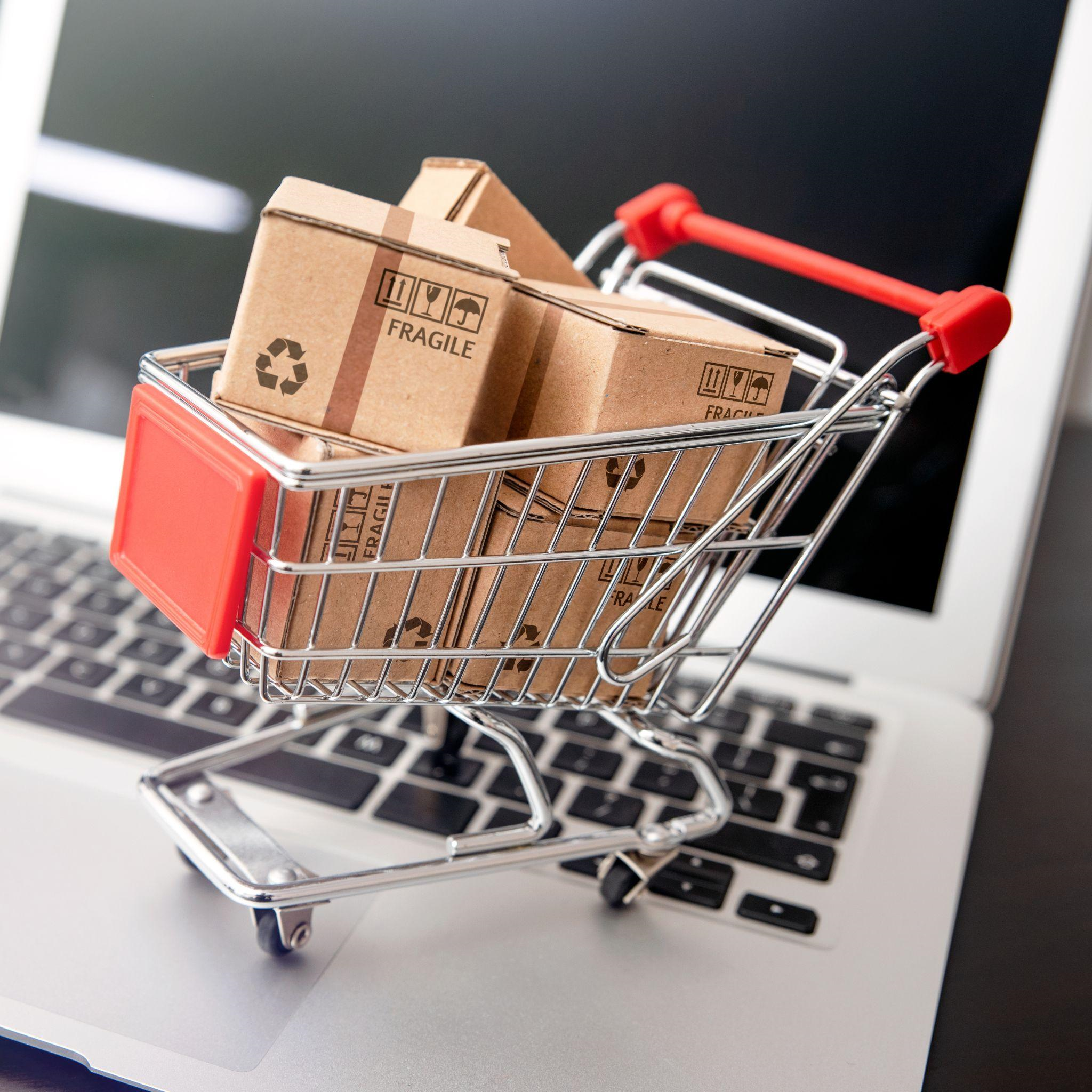
5. Bundle Deals
Bundle deals are a creative and effective way to incentivize customers to purchase multiple products from your eCommerce store.
These coupons allow customers to buy a combination of related items at a discounted price. For example, a bundle deal might include a pair of shoes, a matching bag, and a scarf, all bundled at a lower total cost than if each item were purchased separately.
Bundle coupons work exceptionally well when you have products that naturally complement each other, creating a complete and cohesive package for customers.
This approach encourages customers to explore different product offerings and increases the average order value by prompting them to buy more items in a single transaction.
Bundle deals are advantageous for introducing customers to new or lesser-known products by pairing them with popular or best-selling items.
By doing so, you can cross-promote products and boost the sales of items that might otherwise go unnoticed.
These coupons also enhance the customer experience, offering convenience and value. Shoppers appreciate the opportunity to purchase complete items that match their needs and preferences.
To effectively implement bundle deals, carefully curate product combinations that make sense for your target audience and align with their preferences.
Provide clear communication about the discount and the specific products included in the bundle. Effective marketing strategies, such as prominently featuring bundle deals on your website and in promotional materials, can attract customers' attention.
Ultimately, bundle deals add excitement and variety to your eCommerce offerings while encouraging customers to explore more of your store's offerings, driving sales and customer satisfaction.
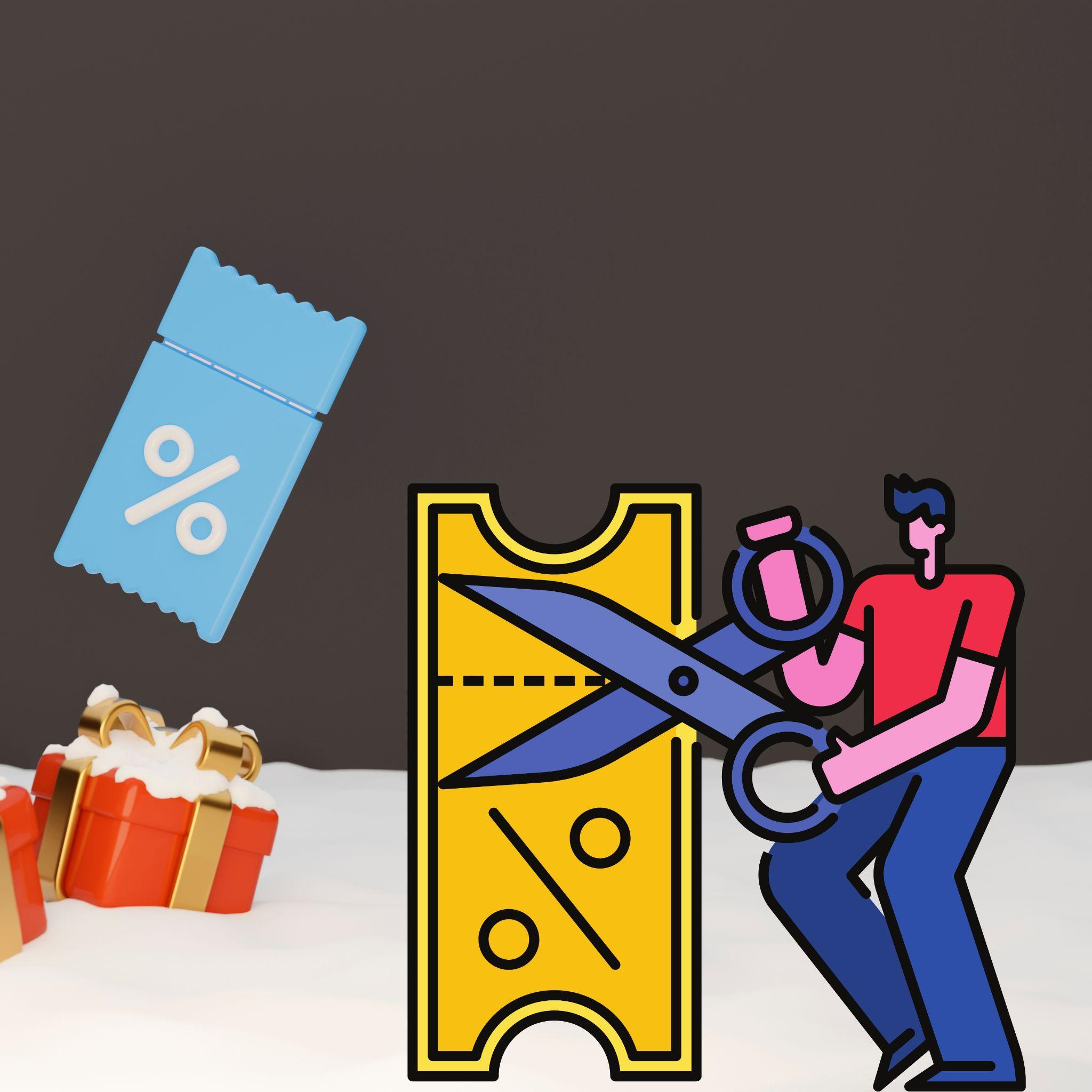
6. Clearance Coupons
Clearance coupons are a strategic tool for eCommerce stores looking to manage their inventory effectively and maximize sales from clearance or sale items.
These coupons give customers even deeper discounts on products already marked down. By offering clearance coupons, you create a sense of urgency and excitement around products you want to clear out to make room for new inventory or seasonal items.
This approach attracts price-conscious shoppers and rewards loyal customers with exceptional deals.
Want To Learn How To Create Your Own Website And Online Business?
Try My #1 Recommendation Training And Hosting Platform!
Clearance coupons are particularly effective for reducing excess stock, especially for items that may be out of season or have been in inventory for a while.
They help prevent overstock situations and minimize the risk of items becoming obsolete.
Additionally, these coupons can increase traffic to your eCommerce store, drawing the attention of bargain hunters and deal seekers.
Clear communication about the terms and conditions of the clearance coupons is essential. Ensure customers understand which items are eligible for the additional discount and the promotion duration.
Displaying clearance items prominently on your website and promoting clearance coupons through various marketing channels can generate interest and boost sales.
While offering clearance coupons can lead to lower profit margins on individual products, the goal is to clear out inventory and create space for new, higher-margin items.
Clearance coupons are a win-win solution that benefits both your eCommerce store and your customers by providing value and helping you manage your product inventory efficiently.

7. First-Time Purchase Coupons
First-time purchase coupons are a powerful marketing tool for eCommerce stores aiming to attract and convert new customers.
These coupons are designed to encourage individuals visiting your online store for the first time to purchase by offering them an exclusive discount.
The allure of a special deal can help overcome any hesitation or uncertainty they might have about trying out your products or services.
First-time purchase coupons create a positive first impression and establish a sense of value and appreciation for new customers.
These discounts can come in many shapes and sizes, including free delivery on their first buy, a specific dollar amount off the total, and percentage discounts.
They offer a blatant inducement for people to jump and become clients. Giving first-time customers a smooth and enjoyable purchasing experience boosts the possibility of developing enduring customer relationships.
The key to the success of these coupons is personalization and timely delivery. Sending a coupon code to new customers immediately after they sign up or visit your website can entice them to take immediate action.
Additionally, communicate the terms and conditions of the coupon to ensure a positive customer experience.
First-time purchase coupons not only drive sales but also serve as an introduction to your brand. They allow you to showcase the quality of your products, the convenience of your online shopping platform, and the value you offer customers.
As these new customers experience your products firsthand, you can turn them into repeat buyers and brand advocates.

8. VIP Coupons
VIP coupons are a strategic approach to rewarding and retaining your most loyal customers in eCommerce.
These coupons are designed to recognize and appreciate customers who have demonstrated a strong commitment to your brand through repeated purchases or by reaching a specific spending milestone.
Offering these valued customers exclusive discounts or promotions reinforces their loyalty and creates a sense of belonging to your brand's inner circle.
VIP coupons can take various forms, such as a substantial percentage discount, a generous fixed dollar amount off their purchase, or even a special bundle deal tailored to their preferences.
These high-value discounts reflect your gratitude for their continued support and serve as a token of appreciation for their ongoing patronage.
VIP coupons also foster a sense of exclusivity, making your loyal customers feel special and recognized. This can enhance their shopping experience and reinforce their decision to stick with your brand.
To make VIP coupons effective, ensure you have a system to accurately identify and segment your loyal customers.
To remember those who qualify for these exclusive discounts, use data from their previous purchases, order frequency, and total spending.
Timing is also crucial; offering VIP coupons during key moments, such as their birthday or the anniversary of their first purchase, can amplify their impact.
VIP coupons serve not only as a reward mechanism but also as an opportunity to strengthen customer relationships.
By demonstrating your commitment to their satisfaction, you encourage them to continue supporting and advocating for your brand.
Ultimately, the goal is to create a loyalty cycle where customers feel valued, engaged, and motivated to remain connected to your eCommerce store.
By offering a variety of coupon types, you can cater to different customer preferences and behaviours, ultimately driving sales and fostering customer loyalty.
Conclusion
In the dynamic world of eCommerce, utilizing various types of coupons can significantly enhance your business strategy and customer engagement.
Coupons are versatile tools that attract new customers, reward loyal ones, boost sales, and clear out inventory.
Each type offers a unique way to entice and engage shoppers, from percentage-off coupons to bundle deals.
The key to successful coupon implementation is understanding your target audience and aligning your strategy with their preferences and behaviours.
Whether you're aiming to attract new customers, increase sales, or foster loyalty, incorporating a mix of these coupon types can help you achieve your eCommerce goals.
Remember to set clear terms and conditions for each coupon and ensure a smooth redemption process.
The right combination of coupons can ultimately drive short-term results and establish lasting customer relationships.
As you craft your coupon strategy, consider the balance between enticing discounts and maintaining profitability.
Using coupons strategically creates a win-win situation for both your eCommerce store and your customers.
I trust you enjoyed this article on the Best Types Of Coupons For Your eCommerce Store. Would you please stay tuned for more articles to come? Take care!
JeannetteZ
Want to Learn How to Build Your Own Home-Based Online Business & Start Making Money Online From Your Comfortable Couch?
Try Wealthy Affiliate!
Your Opinion Is Important To Me
Thoughts? Ideas? Questions? I would love to hear from you. Please leave me your questions, experiences, remarks, and suggestions about the Best Types Of Coupons For Your eCommerce Store in the comments below. You can also contact me by email at Jeannette@WorkFromAnywhereInTheWorld.com.
Disclosure
This post may contain affiliate links. I earn from qualifying purchases as an Amazon Associate and other affiliate programs. Please read my full affiliate disclosure.
You may also enjoy the following articles:
Wealthy Affiliate Review – Scam or Legit? The Truth Exposed
How To Create Your Freelance Brand
Everything You Need To Know About B2B Websites
How To Predict Your Traffic Volumes
How To Start A Photography Blog


